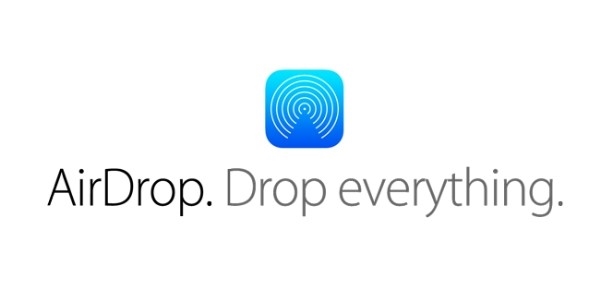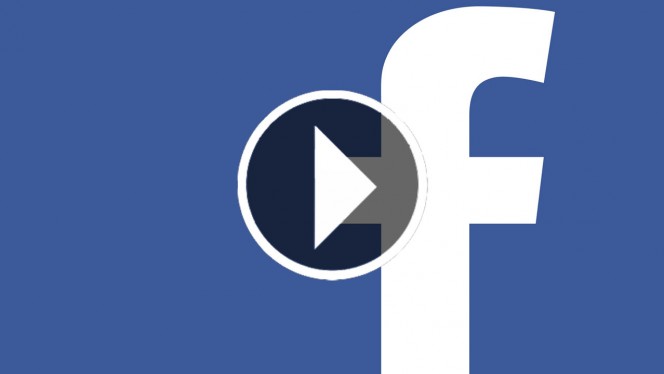
Expect to see a lot more videos in your Facebook feed. According to the social media platform, people around the world are posting 75% more videos to Facebook compared to this time last year, and that growth is even greater in the U.S. where video uploads on the social network have risen 94%.
Unsurprisingly, this surplus of video content has also led to a much greater amount of videos being featured in users’ news feeds. Facebook says the number of videos featured in news feeds has risen 360% over the past year.
“With people creating, posting and interacting with more videos on Facebook, the composition of News Feed is changing,” said Facebook in the announcement. “Globally, the amount of video from people and brands in News Feed has increased 3.6x year-over-year.”
“Since June 2014, Facebook has averaged more than 1 billion video views every day. On average, more than 50% of people who come back to Facebook every day in the US watch at least one video daily and 76% of people in the US who use Facebook say they tend to discover the videos they watch on Facebook.”
With the fast growth, Facebook is poised to overtake YouTube as the primary place for marketers to post videos, especially as previous studies have found that on desktop Facebook has already surpassed YouTube in monthly video views.
Facebook also included suggestions for video creators to ensure you get the most reach possible for videos on the platform:
As a creator, you should be conscious that people will discover your video in News Feed next to a photo from a friend or a status update from a relative. Your video needs to fit in, and it needs to be something that your audience will want to watch and share.
With the launch of auto-play and the surge in mobile use, it’s also important to focus on posting videos that grab people from the first frame of video. Shorter, timely video content tends to do well in News Feed. Keep in mind that auto-play videos play silently in News Feed until someone taps to hear sound, so videos that catch people’s attention even without sound often find success.

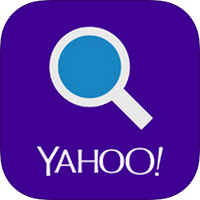 According to new data from web traffic analytics provider
According to new data from web traffic analytics provider 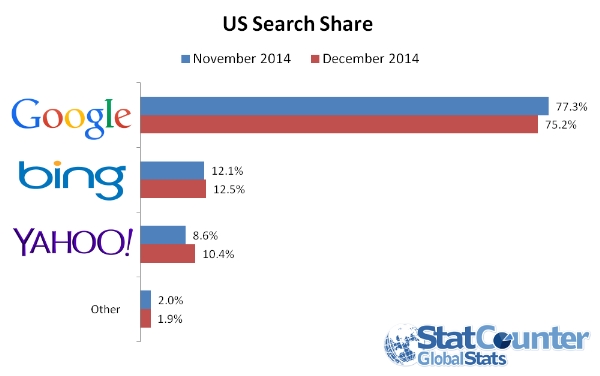
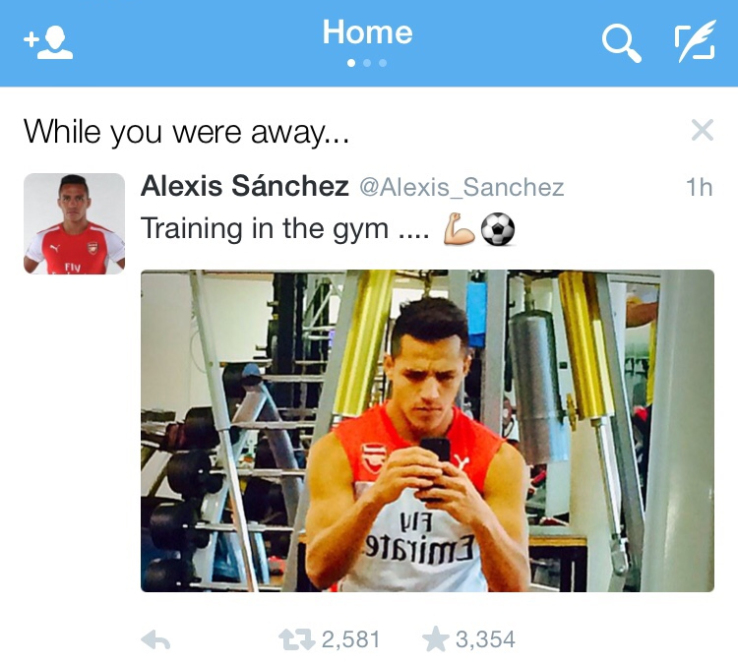
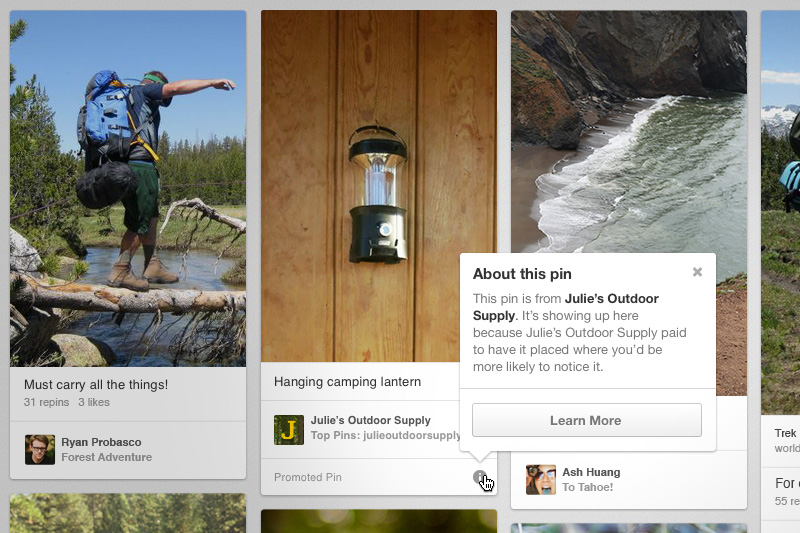
 Many celebrities and popular internet figures were shocked last week when they lost thousands upon thousands of followers in the Instagram Rapture. It shouldn’t have been such a surprise, as Instagram gave warning they would be deleting fake and spammy accounts, but the purge of useless accounts still caused an uproar across the social network.
Many celebrities and popular internet figures were shocked last week when they lost thousands upon thousands of followers in the Instagram Rapture. It shouldn’t have been such a surprise, as Instagram gave warning they would be deleting fake and spammy accounts, but the purge of useless accounts still caused an uproar across the social network.
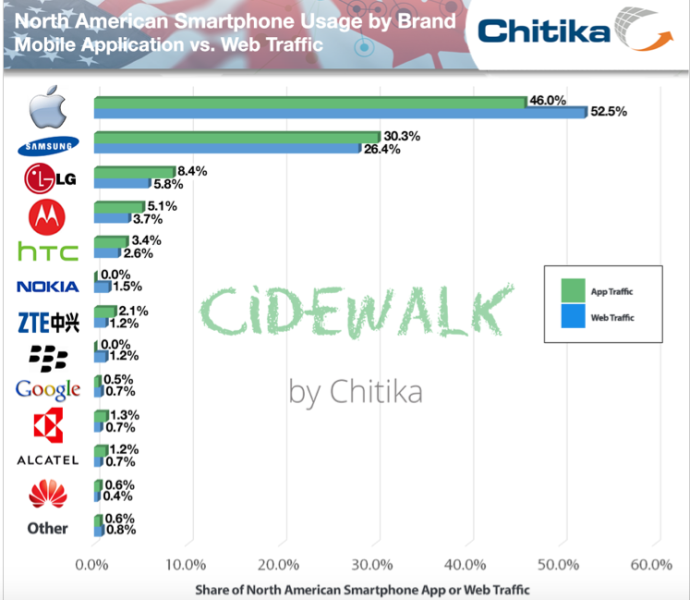
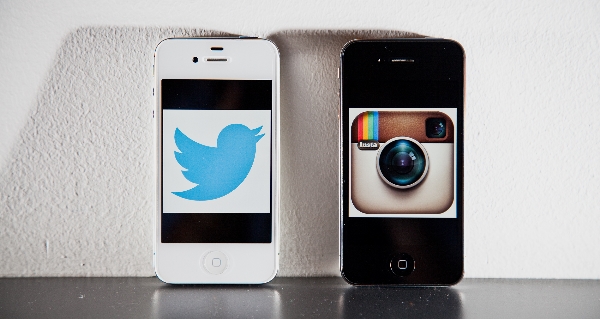

 Despite
Despite 

